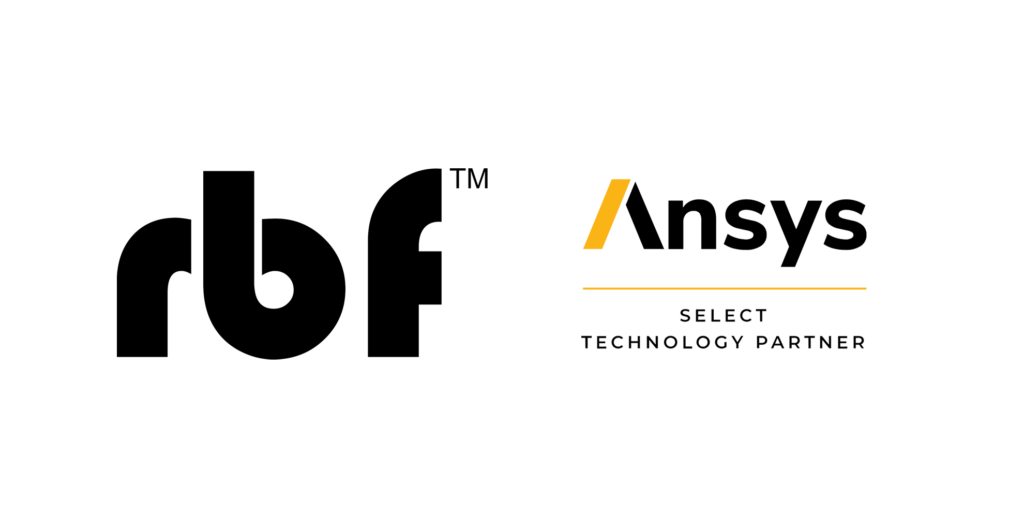

Variotouring windshield introduced in 2002 by the German company MRA to control the shape of the flux that acts on the driver. The aim of the variotouring is to control the fluxes path to limit the annoyance thanks to a special shape of the screen and an adjustable deflector. The system acts as a flux splitter and if properly tuned allows to obtain a substantial benefit in term of riding comfort.
Design loop
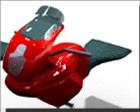
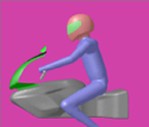
- Acquisition of the actual geometry of part of the motorbike by means of a reverse engineering tool
- Definition of the new windshield geometry and introduction of the driver in the CAD model
- Calculation mesh and CFD model of the baseline geometry
- Shape optimization of the new geometry.
Explored 45 configurations
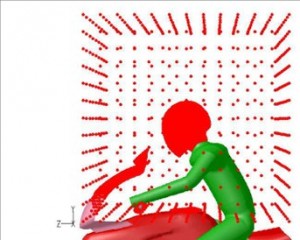
- changing of driver height [-5 cm, 0 cm, 5 cm];
- changing of driver position acting on the hunching angle [0°,7.5°,15°];
- adjustment of the variotouring
- acting on the deflector angle [-10°, -5°, 0°, 5°,10°];
Set up of RBF Morph

- The morphed action is limited in the box region “domain 1”.
- The motion of the surfaces inside the encapsulation domain is imposed to the points on the windshield (fixed), the fairing (fixed) and thehelmet (moving).
Results

- Driver height and position have a substantial effect on flow pattern
- Deflector angle plays an important role on the flow pattern encountered by the driver
- The vertical load on the helmet can be reduced acting on the deflector and the optimum angle depends on the driver height and angle the load is higher for driver of reduced heights.
- The horizontal load on the helmet is higher for driver of increased heights (higher exposition to the flux) and decreases monotonically with the deflector angle.
- Also the horizontal load on the driver is higher for driver of increased heights (higher exposition to the flux) and decreases monotonically with the deflector angle.
Concluding remarks
- RBF Morph has proven to be very useful for the presented industrial application and allowed to successfully managing all the desired configurations.
- The effect of adjustable deflector on the flow can be appreciated even with a simple steady analysis.
- An optimal deflector angle can be found for a prescribed driver height and position.
The windshield optimisation project is still open and ongoing activities include the study of the effect of screen and deflector shape, the definition of further comfort parameters (turbulence intensity, transitory analysis).
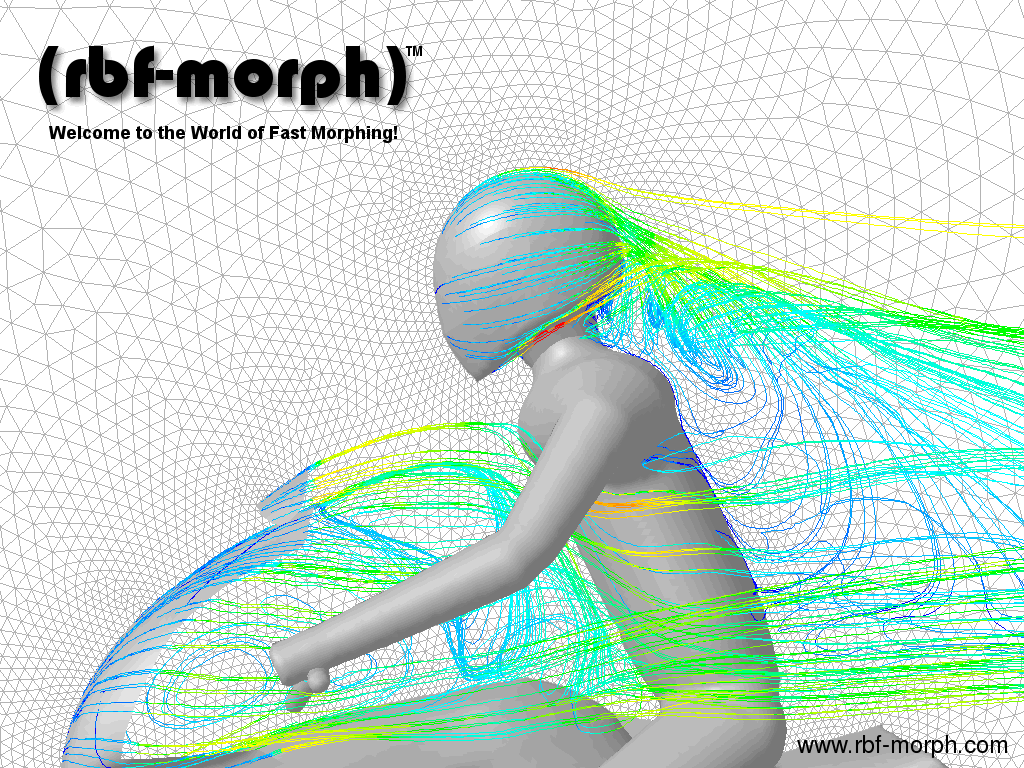
Click here for more information
